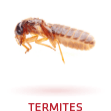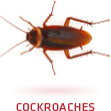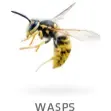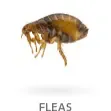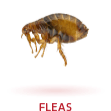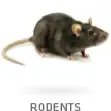07/11/2017
The dos and don'ts when treating stings and bites
Most minor stings and bites won’t require medical attention and will heal on their own over time (except for children & pregnant women of course). So here at BP, we want to share our knowledge of what to do to relieve the pain and itchiness that occurs from bites and stings.
Bee Sting
* Don’t pull at a bee sting with your fingers or tweezers.
* Do, remove the sting by carefully and gently sliding your fingernail across it and
then apply ice to the affected area.
* If the person is allergic to bees stings, anaphylactic shock is possible - Apply pressure to the
bite, keep the person still and seek medical assistance.

Tick Bite
* Remove a tick from under the skin, by grabbing it behind the head with a pair of tweezers.
* Don’t try to remove the tick by apply alcohol or methylated spirits.
* Make sure to remove the whole body of the tick.
* Don’t try to kill the tick before removing from under the skin as you may
cause it to inject more poison.
* Apply warm soapy water to bite area and seek medical attention.
Wasp Sting
* Apply ice to the area for 20 minutes to stop swelling.
* If stung on your arm or leg, raise the limb for half an hour.
* Ever heard of an old wives tale suggesting if you place a silver coin on top of the sting
for 10-15minutes it will help ease the pain? Well, we’re not so sure about that one.
Try a few drops of vinegar instead.
Jellyfish Sting
* Don’t urinate on the sting. Other than people giving you weird looks, you’ll not
actually make any difference to the sting.
* Do, apply white vinegar to the area for approx 30minutes.
* Avoiding running it under fresh water, this could just make the sting worse.
* Don’t use the (PIT) Pressure Immobilisation Technique.
Snake Bite
* Apply a bandage over the bite area asap to prevent venom entering the bloodstream.
* Don’t try to catch the snake - the type of snake can be determined from the venom.
* Immobilise the bitten limb with a splint.
* Don’t let the person walk around or move their limbs.
* Don’t wash the bite area.
Redback Spider
* Applying an ice pack to the area will help with the pain.
* Don’t use the (PIT) Pressure Immobilisation Technique.

To relieve itchiness and reduce swelling in most cases and antihistamine will do the trick, but always remember to check with your doctor first if you're unsure.
BP Direct - Pest Control has over 45 years experience in the pest control industry and offer a wide variety of pet-friendly treatments options to help prevent unwanted pests hanging around our home. Call us today on 9209 2030 or email us at contact@perth-pest-control.net.auto discuss your options.
Return



